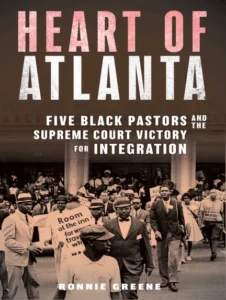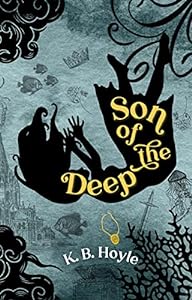 Summary: Prequel series that goes back before the start of Ender’s Game.
Summary: Prequel series that goes back before the start of Ender’s Game.
I am in a data entry season at work, and these are the times when I look for fiction to listen to. Orson Scott Card’s books are produced by Stefan Rudnicki and have a full cast, including Stefan Rudnicki. In the Acknowledgments to Card’s most recent book, he thanks Rucknicki and says that the series has become an audiobook series primarily. The voices and high-quality production are consistently among the best audiobooks I listen to, even if the actual writing is not always up to the same quality.
A decade ago, Aaron Johnson started on these two prequel trilogies (a trilogy for each of the first two Formic Wars). And although I am a huge fan of Orson Scott Card generally, I was getting tired of Card’s politically orientated fiction (Empire and Hidden Empire) and how some of the Ender series felt like it was just recycling old storylines. And a number of the reviews from Ender fans were not favorable. So I never picked them up. I eventually picked up The Swarm when it was in a sale but did not listen to it for months after I purchased it.
I should have realized that these are interconnected trilogies, but I did not. The Swarm is the first of a second trilogy, but primarily the characters were introduced in the first trilogy. So I was getting dropped into the middle of the story. This is a prequel series, so as Aaron Johnston says in the afterward, the reader knows where the story ends, just not how it gets there. Mazer Rackam, the mentor to Ender in Ender’s Game, was the hero of the first and second Formic Wars. But he was relatively unknown at the time of the two wars because his work was classified. Again, as Aaron Johnston talks about in the Afterward, primarily what we know of Mazer Rackam’s background was in a single sentence of Ender’s game. That meant that Johnston, with consultation from Card, had to pay attention to that canon content (because super fans will) and yet still make the story engaging and coherent.






 Summary: A journalistic account of two Atlanta legal cases in response to the 1964 Civil Rights act, joined by the Supreme Court to uphold public accommodations (Title 2 of the 1964 Civil Rights Act).
Summary: A journalistic account of two Atlanta legal cases in response to the 1964 Civil Rights act, joined by the Supreme Court to uphold public accommodations (Title 2 of the 1964 Civil Rights Act).
